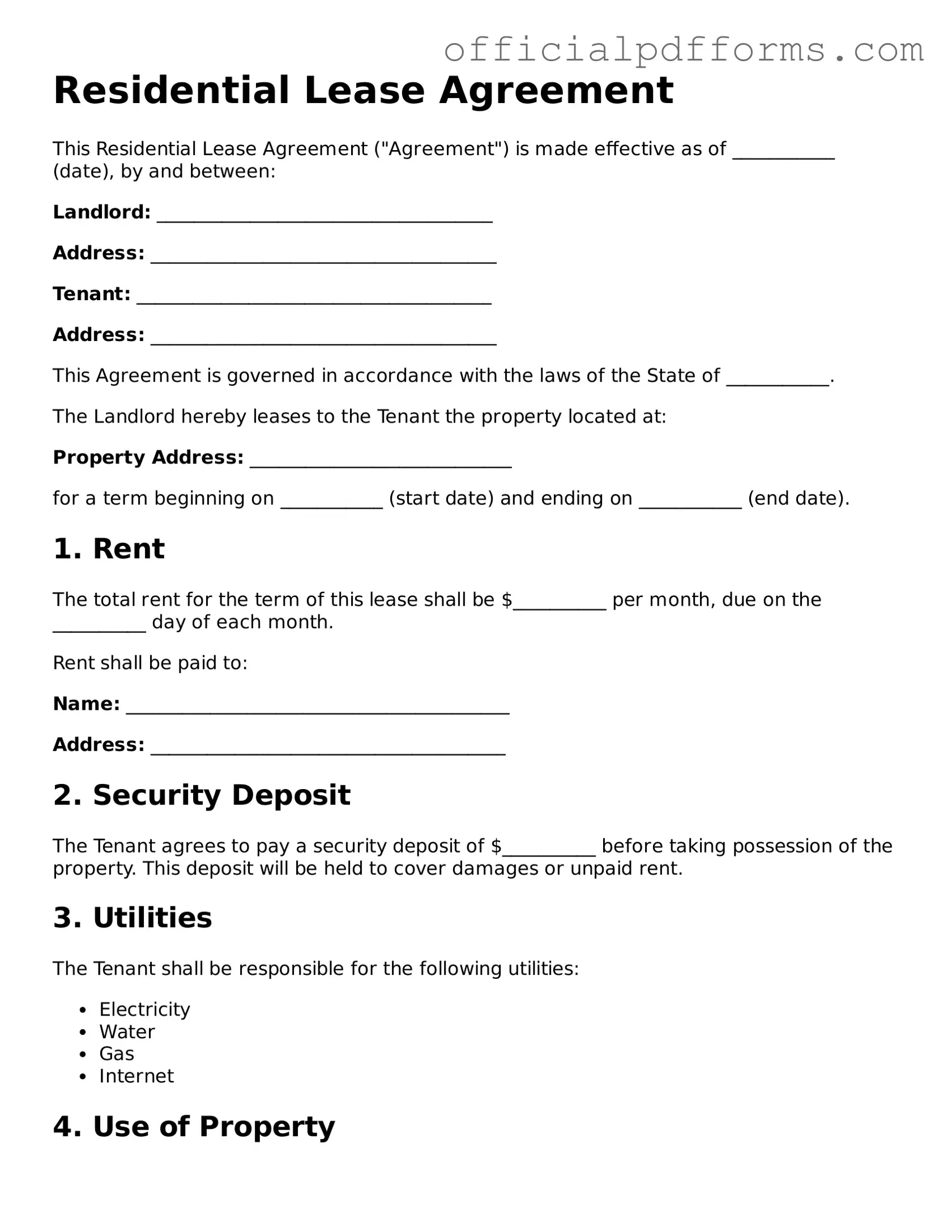Valid Lease Agreement Document
A Lease Agreement form is a legally binding document that outlines the terms under which one party agrees to rent property from another party. This form protects the rights of both the landlord and the tenant, ensuring clarity on responsibilities and expectations. To get started, fill out the Lease Agreement form by clicking the button below.
Access Form Online
